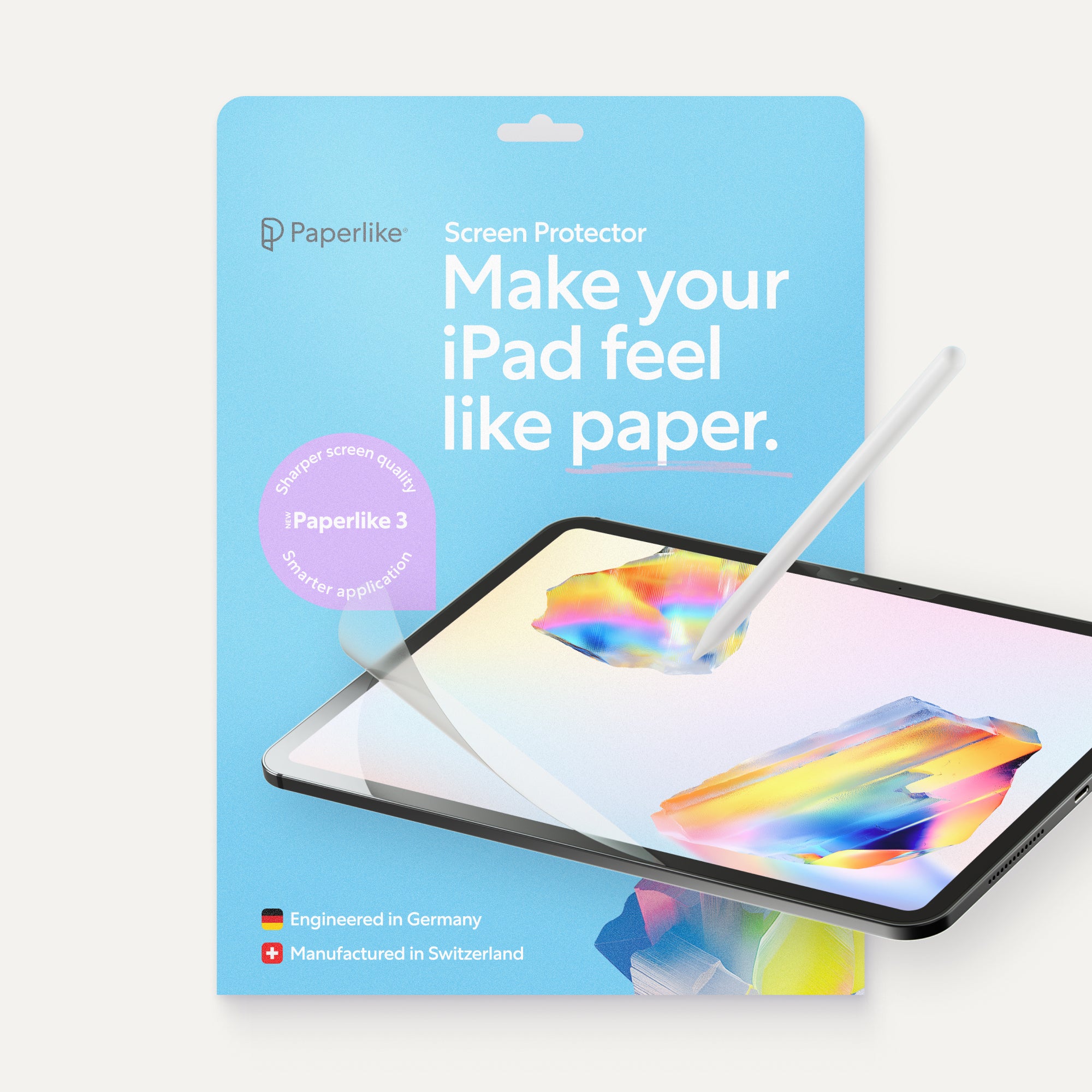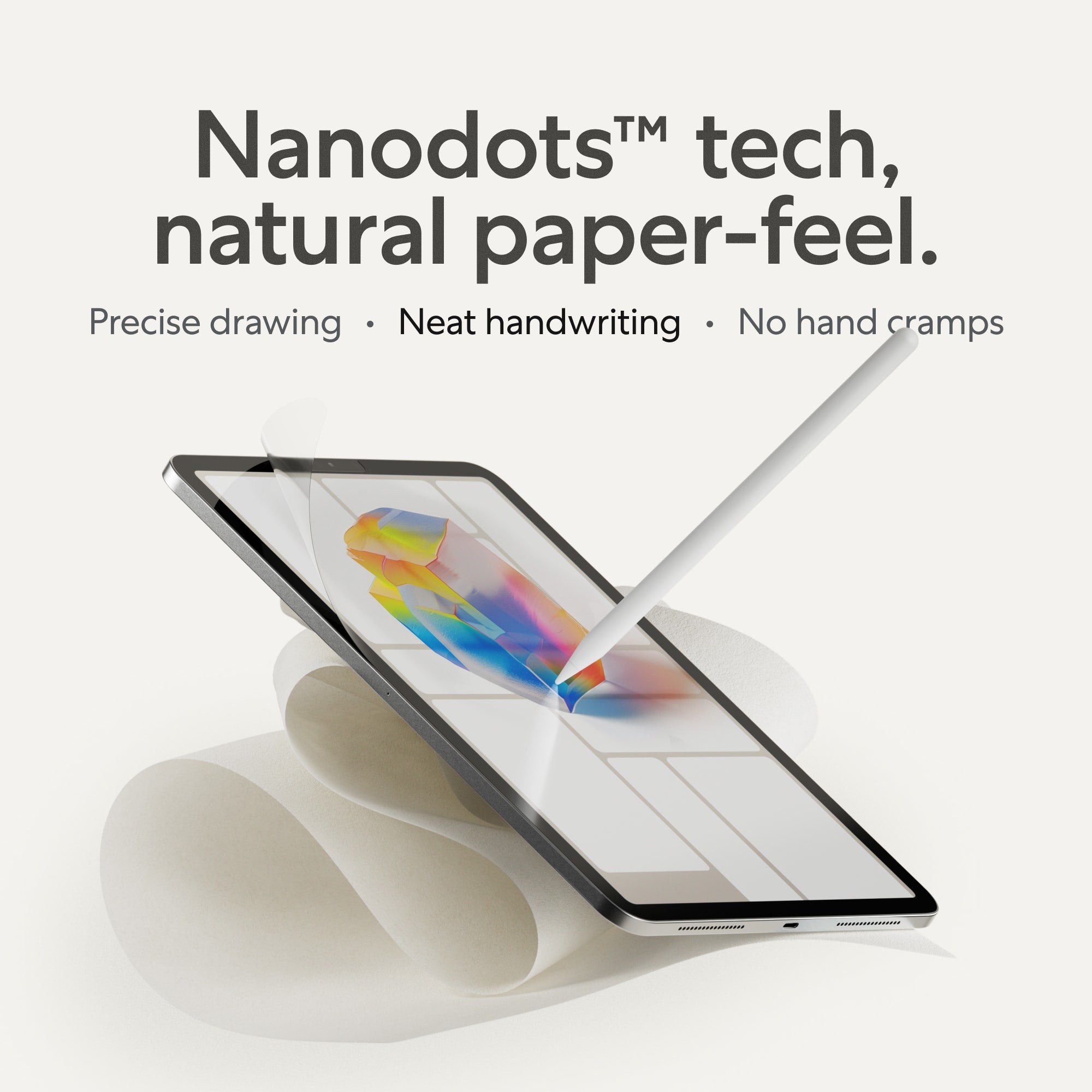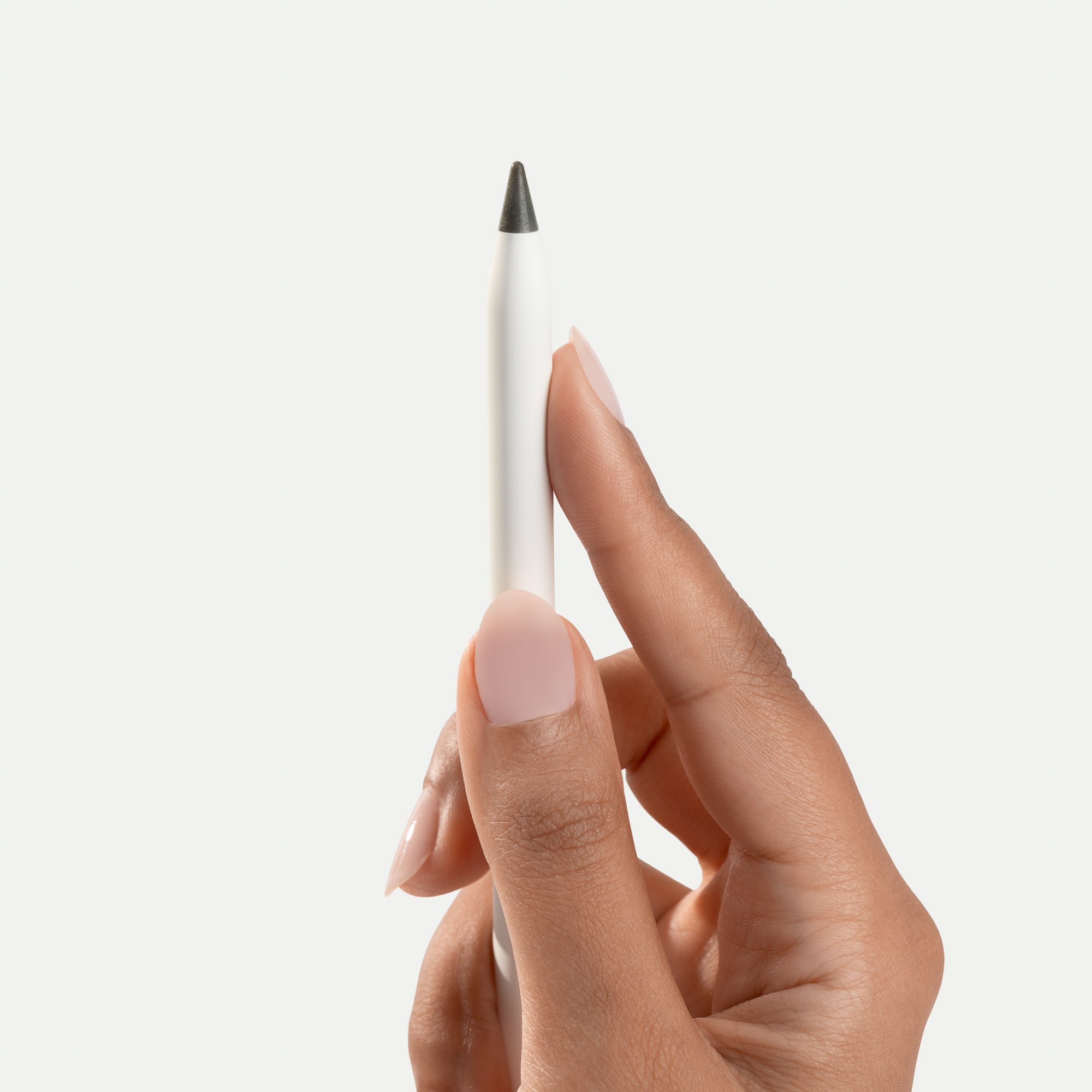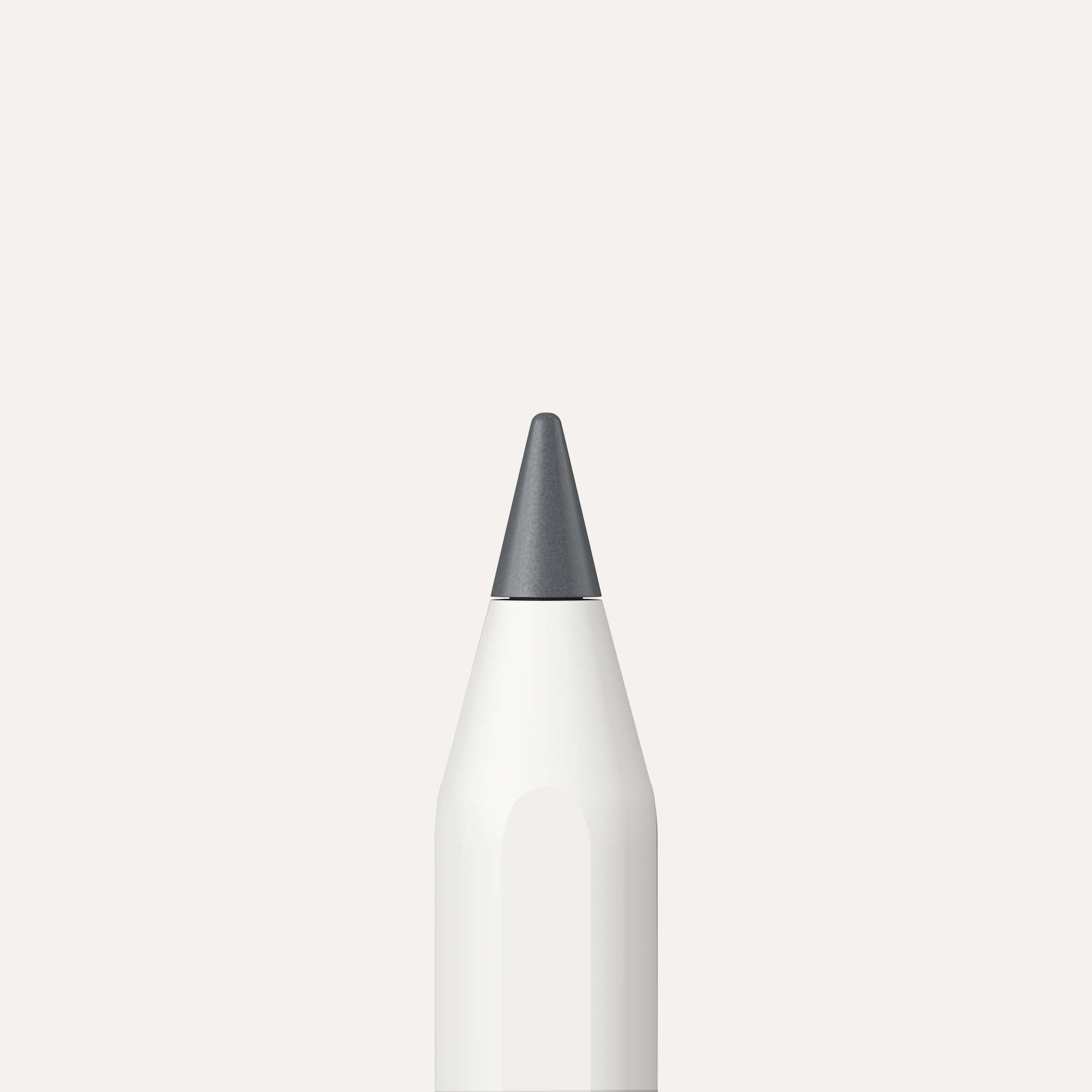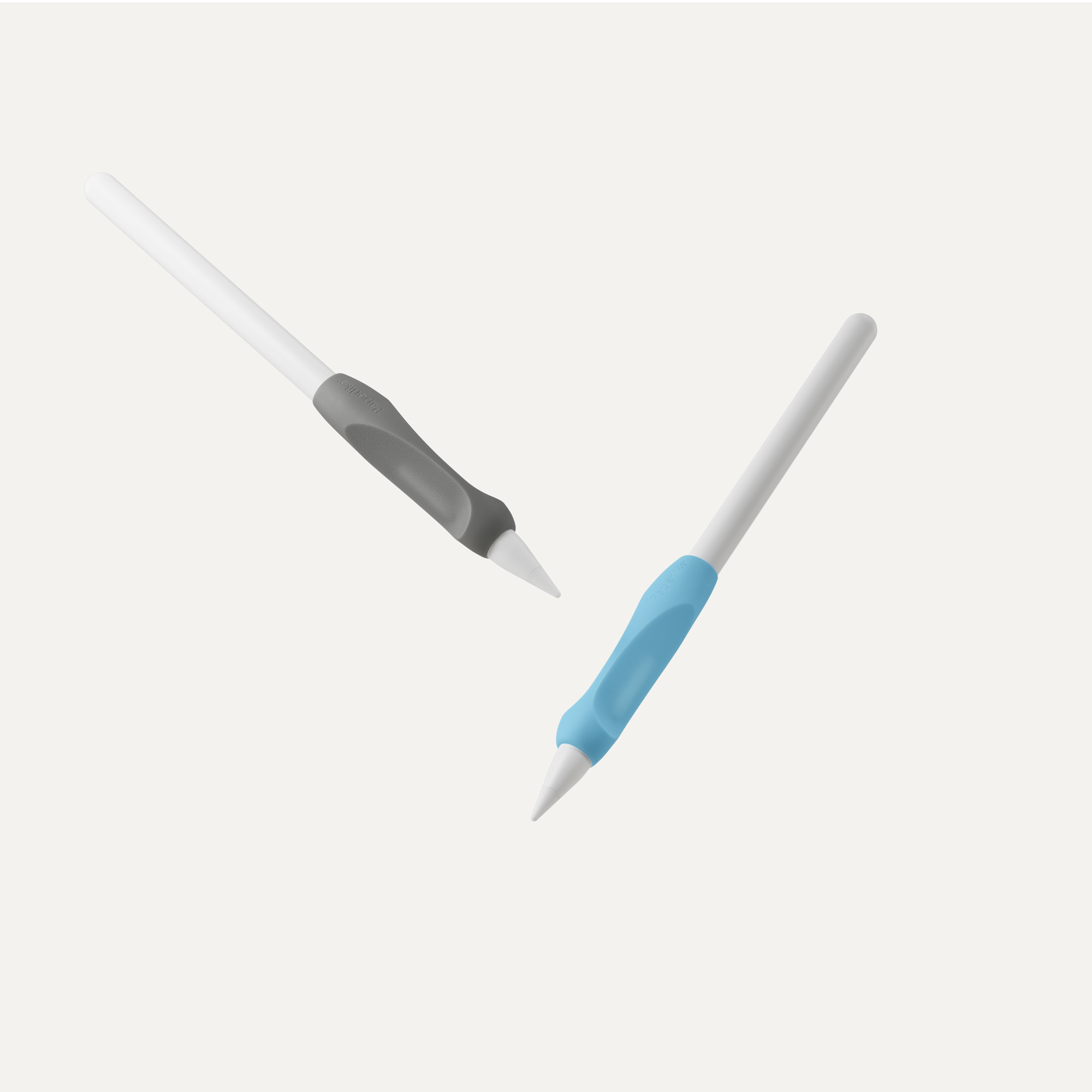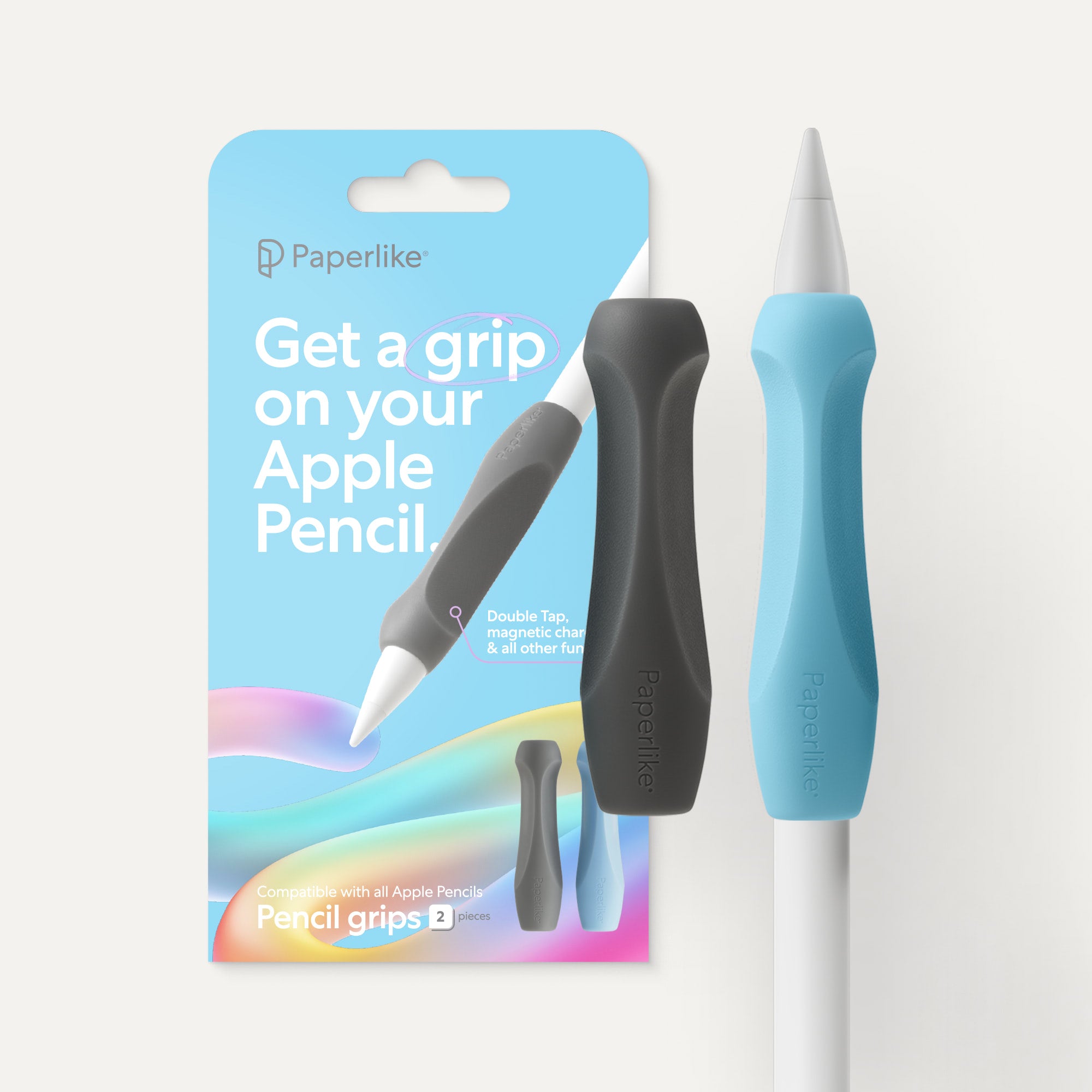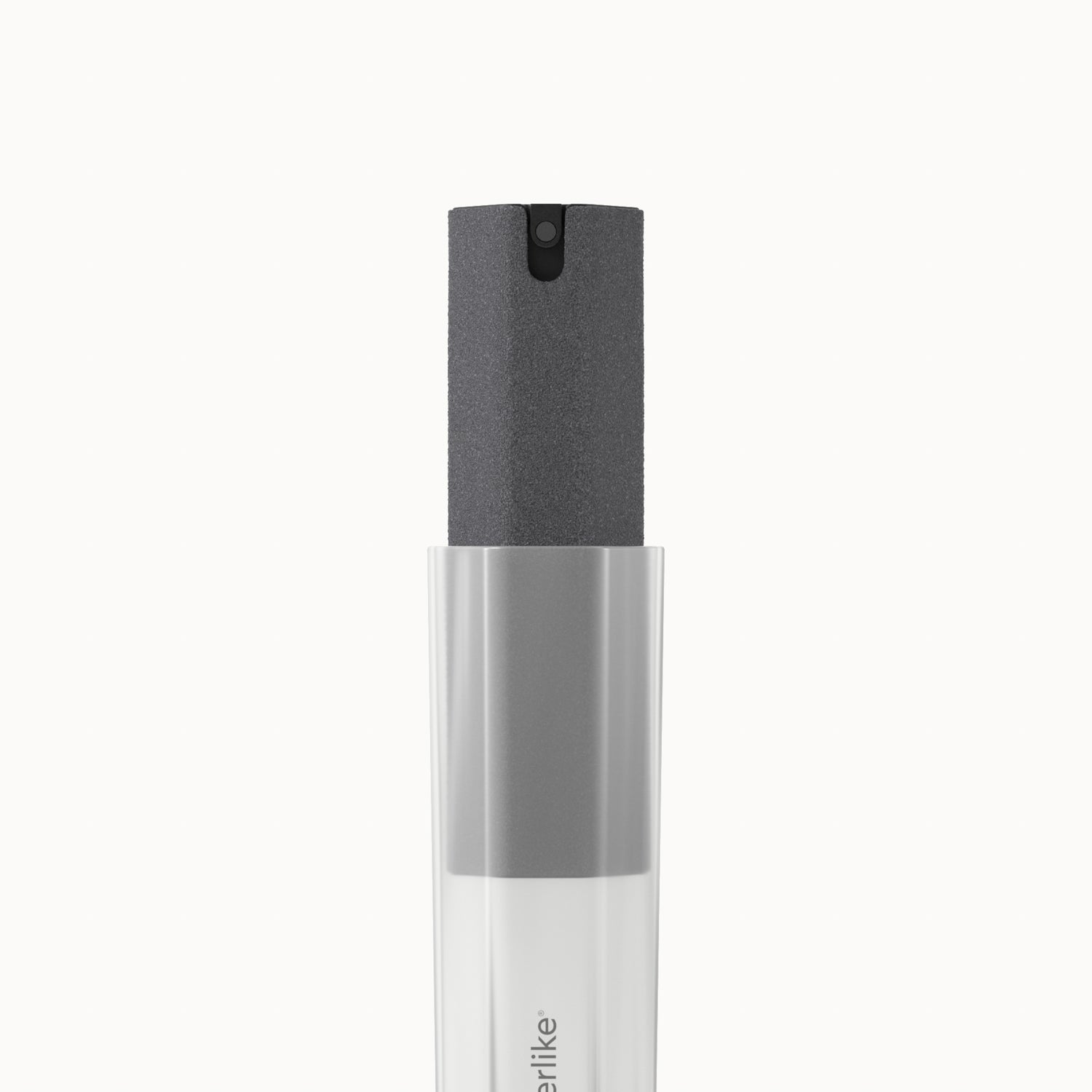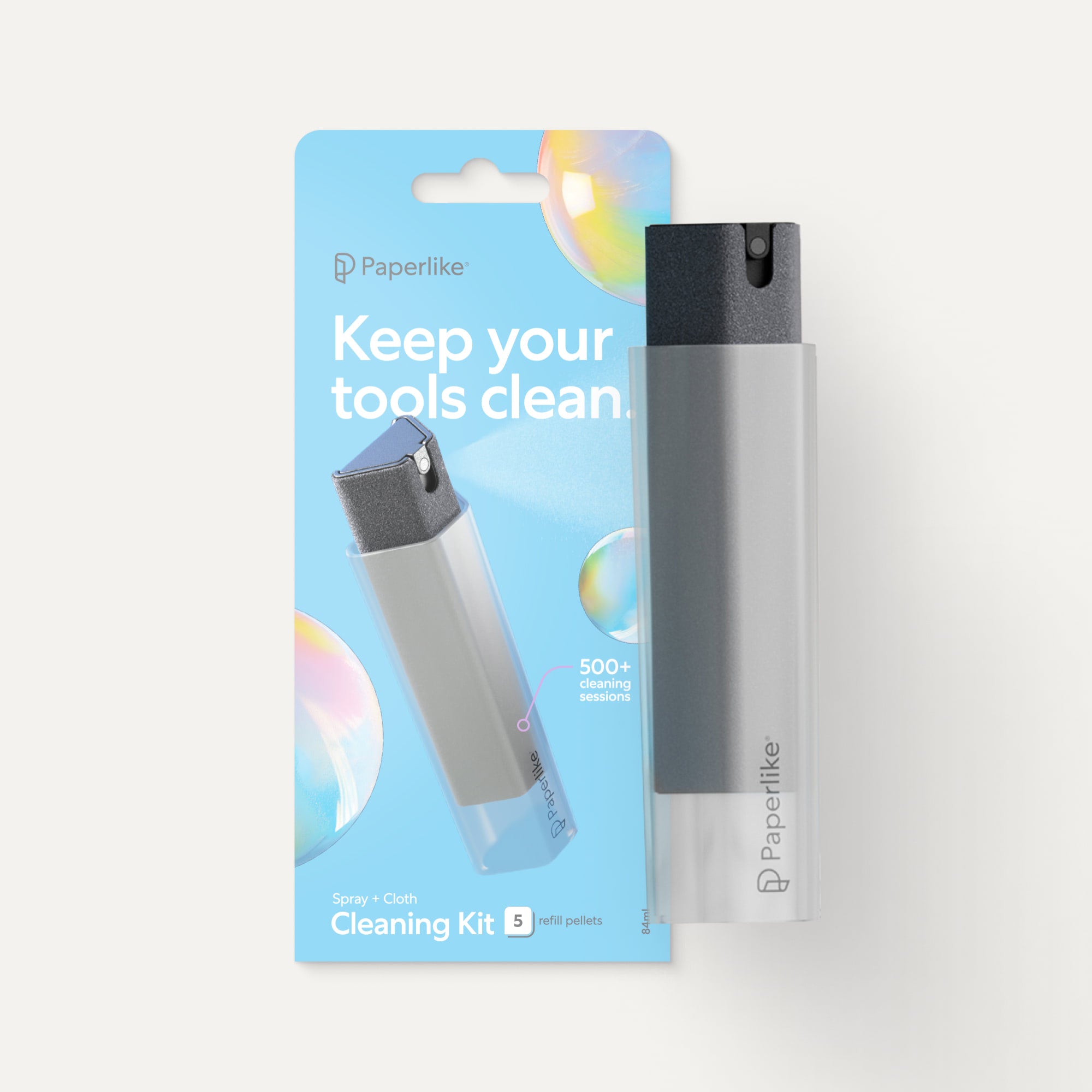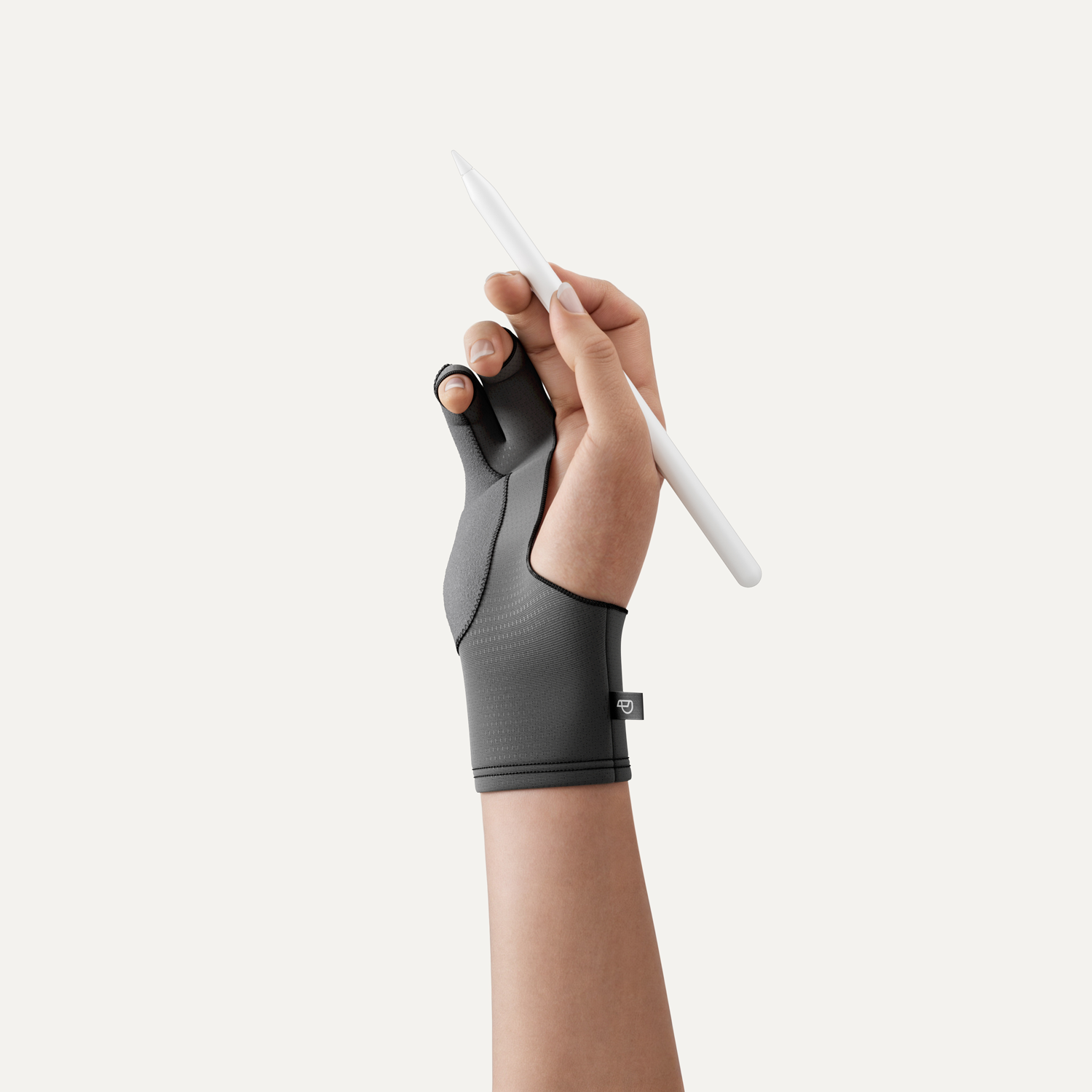Taking notes from a textbook can feel intimidating. Unfortunately, required reading is a necessary evil in most high school and college classes.
Most quizzes and exams cover more content than what your teacher can get through during a lecture. That means you’ll need to read and understand your textbook in order to ace your exams.
That’s where this guide comes in.
Below, you’ll find 9 techniques to help you take better notes and get the most out of your reading assignments. We’ll also cover the most common mistakes and show you how to avoid them.
Let’s dive in!
#toc#
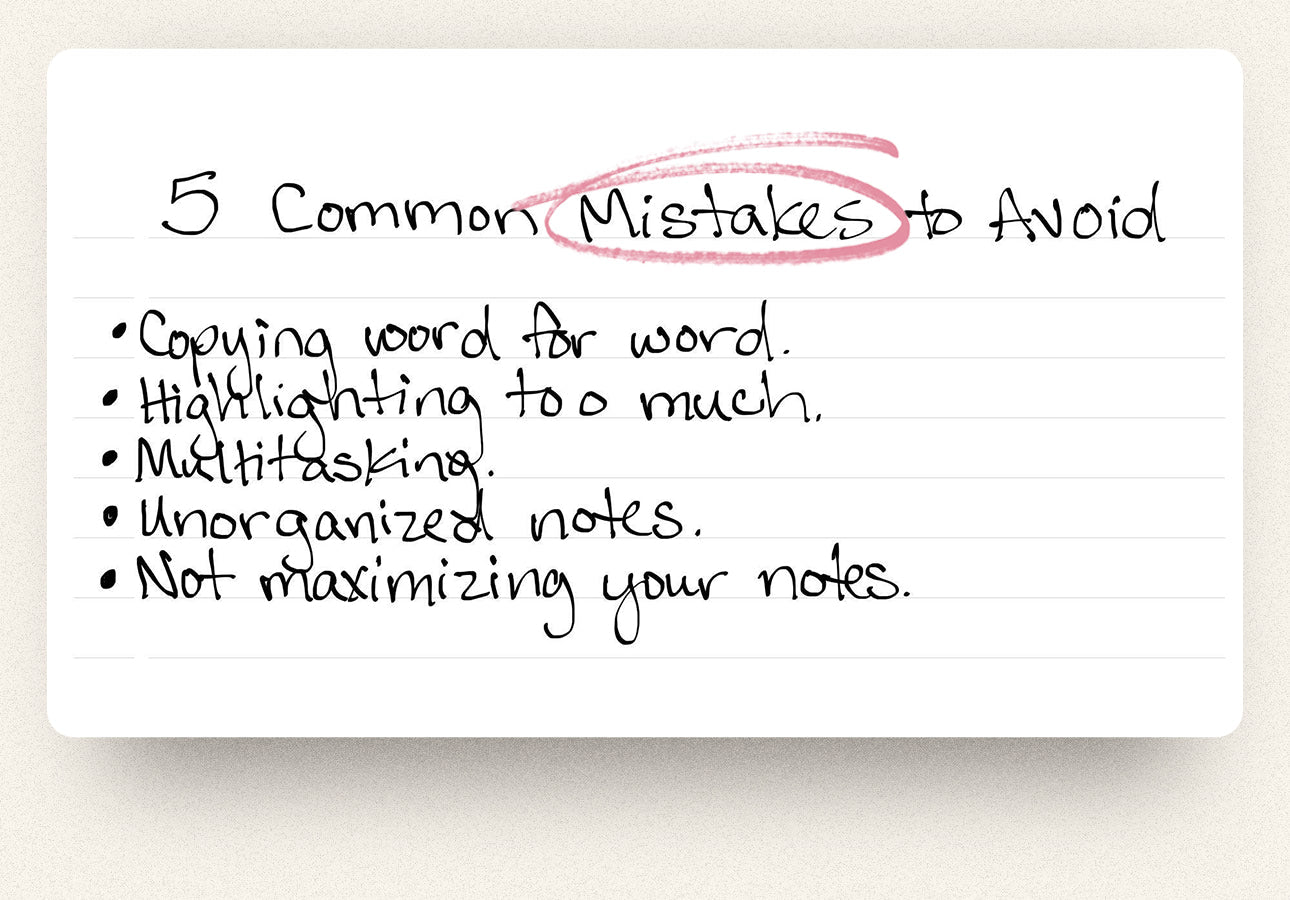
#caption#These are the most common mistakes students make when taking notes from a textbook.
#alt#Image of a handwritten list of common mistakes students make during textbook notetaking.
Common mistakes to avoid
There are a few mistakes that many students make when trying to take notes from a textbook.
Let’s take a quick look at each issue, why they don’t work for comprehension, and what you can do to avoid them.

#alt#Image of a quote that explains that students taking notes on a laptop perform worse than when they handwrite them.
Copying word for word
One of the most common mistakes students make is copying the relevant information word for word.
Studies show that students who take notes on laptops perform worse than those who take notes by hand.
Why? Copying down information verbatim is often detrimental to learning because you’re not actively engaging with new concepts. Particularly when you’re transcribing content, your brain doesn’t have time to fully process the new information before moving on.
For students, this leads to an overabundance of notes but no real understanding of the material. While it may seem easier to just regurgitate the content for the test, copying word for word doesn’t give you the opportunity to actually learn what you need to know.
You may be making this mistake if you:
- Take all notes on a laptop.
- Have too many notes to study.
- Can’t make sense of the concepts you write down.
- Have notes that repeat exactly what the textbook says.
Sound familiar? If so, don’t worry. This is a common issue, especially if you’re unsure what information you need to jot down or you’re unclear on what will be on the test.
Either way, we’ve got you covered. Check out Tip 1 and Tip 6 for advice on how to avoid this mistake.

#alt#Image of a quote that explains that highlighting and rereading don’t boost students’ performance.
Highlighting too much
Many students end up highlighting or underlining much more than necessary when taking notes from a textbook.
It may seem like every sentence contains an important or critical detail, but research shows that highlighting doesn’t actually boost student performance, and neither does rereading highlighted sections.
While highlighting can be helpful if you’re focusing on important concepts, it’s a time-consuming process.
Unfortunately, it’s easy to highlight so much that you’re not focusing on the main points or most important concepts, which defeats the entire purpose of highlighting in the first place!
Just like copying word for word, your brain isn’t fully engaged, so you’re not gaining any knowledge or comprehension from the textbook.
You may be making this mistake if you:
- Have a textbook or note page that looks like a rainbow.
- Have more highlighted text than not.
- Spend more time reading highlights than normal text.
Highlighting is a great idea if you can keep it to the high points, main ideas, and key concepts. However, it’s easy to get caught up in critical details, especially when you’re prepping for a test.
Check out Tip 3 and Tip 7 to help you solve this problem.

#alt#Image of a quote that explains that switching between tasks is slower and causes more errors.
Multitasking
Think you can multitask while you study? Think again.
Switching between tasks makes you slower and more error-prone, which can create even more problems in your notetaking.
If you’re trying to watch TV or texting back and forth with a friend while trying to read and take notes at the same time, you can’t completely focus on the task at hand.
Especially when you’re pressed for time, multitasking can sound like a great idea. The unfortunate truth is that multitasking results in lower engagement and performance with all involved activities.
While that doesn’t necessarily matter if you’re performing simple tasks like driving and carrying on a conversation, it’s detrimental to deeper learning and comprehension.
You’re likely multitasking if you are:
- Trying to study multiple things at once.
- Constantly checking your phone and responding to texts.
- Watching TV while notetaking.
Focusing on one task at a time will help you get through your work faster and will produce higher quality notes.
Choosing not to multitask doesn’t necessarily mean you have to read and study in utter silence. Things like calming music might be okay, but anything that engages your brain elsewhere will keep you from comprehending the material you’re reading.
To help battle the urge to multitask, check out Tip 5.

#alt#Image of a quote explaining that notetakers who use outlines perform better on tests.
Unorganized notes
Unorganized textbook notes are ineffective.
Studies show that students who outline and have well-structured notes do better on tests. When notes are jumbled and unorganized, it’s more challenging to make connections and think critically about the content.
Organized notes give you easier access to the information you need to fully comprehend your textbook material.
Your notes aren’t organized well enough if you:
- Can’t find what you need quickly.
- Have notes out of order and that don’t make sense.
- Have notes that are difficult to study.
When you’ve got your notes in order, you’ll be able to study and review them more efficiently. Organized notes improve the quality of your study time, as well as how much ground you can cover in a single study session.
There are many ways to organize your notes, and you can check out Tip 2 and Tip 4 to learn about the best methods.

#alt#Image of a quote explaining that drawing in your notes improves memory and retention.
Not maximizing your notes
Many students don’t utilize the notes they take in the ways they should, like using visuals and review.
Drawing is an extremely beneficial tool that improves memory and helps you retain the content.
Visuals like charts and graphs, bulleted lists, or quick sketches can be used to help break up your notes and supplement the reading material.
Waiting until the last minute to try to cram for a test isn’t effective, especially if you haven’t reviewed your notes for errors or spent any time looking them over beforehand.
You’re not maximizing your notes if you:
- Have notes that only include text and no visuals.
- Make mistakes or incorrect information while notetaking.
- Take notes and then ignore them until the last minute.
Including visuals in your notes and taking the time to review them after you’ve finished notetaking will help you to better comprehend the material covered.
Read through Tip 8 and Tip 9 to make the most out of your notes.

#caption#These tips should help you get the most out of your assigned textbook reading.
#alt#Image of a list of nine tips to take better notes.
Tips to take better notes from a textbook
Learning how to take good notes from a textbook is an important skill. You’ll likely need to reference and study your notes as you prepare for your exams.
Whether you prefer annotating and writing notes straight into your textbook, jotting notes using pen and paper, or taking notes digitally, these tips will help you get the most out of your notetaking experience when it’s time to hit the books.

#caption#The Nebo app tutorial illustrates the different ways you can handwrite and draw on your notes.
#alt#An image of handwritten notes from the Nebo app tutorial with images and drawn graphs and charts.
01. Handwrite your notes
To take the most effective notes and eliminate copying text verbatim, consider taking handwritten notes.
Taking notes by hand requires more focus, helping you better comprehend information. You’ll also find that writing out your notes increases retention. Handwriting offers more versatility and creativity in your notes.
You can:
- Use different colored pens to help sort and organize information.
- Write the way you talk to avoid copying the text verbatim.
- Personalize your notes with shorthand, abbreviations, and doodles.
- Organize and structure your notes in whatever way makes the most sense to you.
While typing your notes may seem like a quick and convenient way to get down all the information, it often puts your mind on autopilot, making it harder to recall anything you’ve read and typed. Taking the time to write by hand and personalize your notes can make all the difference.
The downside to handwritten notes is the number of supplies and notebooks you’ll need to acquire and carry with you.
Using an iPad and Apple Pencil to write your notes is a great compromise. You’ll find a variety of different notetaking apps available to help you get your thoughts on the page. These apps allow you to concentrate on what you’re reading and writing so that you retain all the information.
Apps like Nebo (full review), which excels due to its excellent handwriting capabilities, can mix handwriting and typed text or even convert your handwriting into text if you prefer the neat and organized look of typed notes.
Plus, with accessories like the Paperlike for iPad, you won’t have to worry about your stylus slipping on the screen. Our screen protector adds friction and resistance, so it feels just like writing on paper.

#caption#The Cornell method is one of the most popular notetaking methods that you can use.
#alt#Image of a handwritten explanation of how Cornell notes work.
02. Pick a notetaking method
Before you crack open your textbook, it’s important to figure out what notetaking method works best for you.
Using a consistent notetaking method keeps your notes neat and organized, making them easier to study later. There are plenty of different ways to format and map out your notes from a textbook, and different strategies and techniques work better for different people.
A few of the most popular notetaking methods are:
- Cornell Method splits your notes into different sections, making them easy to understand and review when you’re studying.
- Outlining organizes your notes into a hierarchy.
- Mind maps or flow charts create connections between ideas and concepts.
- Visual notes consist of doodles or sketches, as well as graphs and charts to help you make sense of the material.
It may take some trial and error to figure out which technique or method suits your study needs the best. You can take a more detailed look at these and other methods in our blog post on how to take notes fast.
Many of these methods are conducive to digital notetaking as well. In fact, some notetaking apps make it even easier to utilize these styles.
GoodNotes features premade templates, including some already set up for Cornell notes. You can also find notetaking template packs that you can import into digital apps.
Apps like LiquidText and MarginNote 3 are centered around creating mind maps and offer enhanced annotating abilities if you can get ahold of a digital copy of your textbook (more on this later).
Whether you choose to take digital notes or use the traditional method of paper and pen, choosing a notetaking style and format can help you keep your notes neat and organized.

#caption#Planning out your study time with these tips can help you pick out the most important information quickly while reading.
#alt#Image of a handwritten checklist of pre-planning study tips.
03. Pre-plan your study time
Going into your study session with a plan makes it a lot easier to take effective notes.
Pre-planning gives you an idea of what you need to learn prior to your study session so you can take more relevant notes. There are a few different ways you can figure out what concepts will be the most important to understand, highlight, or jot down while you’re reading.
Before reading a chapter or attending a lecture, try this:
- Look over your syllabus for any insights into exam content or focus topics for your class.
- Review any questions or topics of interest the instructor has mentioned. Because chapter content often builds on what you’ve already learned, many teachers try to set students up for success by pointing out new concepts early.
- Check the textbook questions and summaries at the beginning and end of each chapter to get an idea of the most important details.
- Scan the chapter for charts, graphs, and callouts that may provide key details and clear insights to help you better understand the text. (More on this in Tip 4.)
- Review your class notes so you have a strong idea of where you’re starting from before new concepts are introduced.
Knowing what you’re trying to learn ahead of time should help you pick out key ideas while you’re reading, so you only spend time highlighting and writing down the important details.
With digital notetaking apps, you can pin or bookmark these questions and topics for easy reference while you’re reading to keep them fresh in your mind.
If you can access a digital copy of your textbook, many of these apps import the table of contents, which should help you quickly navigate through the assigned reading to find the relevant material.

#caption#Creating an outline with the headers and other information from the textbook before reading will help keep your notes organized, and digital notetaking apps make this even easier.
#alt#Image of a handwritten outline in a notetaking app with the lasso tool surrounding text to move it as needed.
04. Organize your notes by skimming
Keeping your notes organized can be tricky, but skimming your textbook before reading through it can help.
Skimming through the assigned reading will give you a clear picture of where to find key information. If you’ve spent some time pre-planning, you should already have an idea of what you need to know.
While skimming, you should:
- Make a note of the headers and subheaders of each section. Information in textbooks is sectioned off using these tools so that it is easier to read and understand.
- Skim the first and last sentences of each paragraph or section. It’s common in nonfiction books and textbooks for key ideas to be introduced at the start or end of the paragraph. Scanning these areas first can help you grasp key concepts early on.
- Look for bold or italic words and sentences, as these are almost always key information. Chances are if the author took the time to emphasize specific text, it’s important.
- Build an outline based on this information for your notes. While you don’t need to match the structure of the book entirely, using the headings and subheadings will help you structure your notes for easy reference when you need to refer back to your textbook.
When you’re building an outline with pen and paper, you’ll need to make sure you save enough space after each heading and subheading for notetaking. Having this set up ahead of time will make it easier to both keep your notes organized as you write and find what you need when studying later.
Digital notetaking apps allow you to add space or move text down as needed, even handwritten text, making it even easier to map out your notes ahead of time. Some even allow you to hyperlink headings and subheadings to a table of contents for more efficient navigation during review.

#caption#Look for headers that preface a new section and use them to build in breaks.
#alt#Image of a textbook with a line between the end of a paragraph and the next header with the words “Stop here.”
05. Divide the reading into manageable chunks
Have you ever read a whole chapter and then realized you don’t remember what you read?
Breaking up your reading sessions into smaller chunks helps to keep you focused and engaged with the content. Shorter sessions also allow you to take thorough notes on each section, and using this method allows you to build in breaks to check your phone, talk to friends, and minimize other distractions.
There are a couple of ways that you can do this:
- Setting a timer for 15-25 minute sessions. This is a popular technique called the Pomodoro method, and you’ll find plenty of apps and websites designed to help you with timers and instructions on the best way to handle breaking up your tasks by time.
- Dividing up the pages of a chapter. Counting the page numbers in a chapter or section and dividing them into smaller chunks is another easy way to build in breaks. If your chapter is 20 pages long, consider reading five pages at a time, write your notes, then take a short break before continuing.
- Read a section at a time. Chapters are regularly broken up into different sections with headings and subheadings. Take advantage of these built-in sections to really focus on understanding your material, and then take a break.
Regardless of how you break up your sessions, you’ll find the text much easier to digest and comprehend in smaller chunks.
Besides just building in breaks, dividing up your reading sessions also makes it easier to collect your thoughts and get your notes down from memory, which helps with retention.
You also have the time to double check the textbook to see if you’ve made any mistakes or forgotten anything, and it’s easier to do this if you don’t have to flip through pages of notes. This results in more accurate and complete notes for later review.
Digital notetaking apps are also beneficial here, as they make it a simple process to erase or change your notes on the fly if you’ve made any mistakes.

#caption#While you’re reading, make notes of the most important information.
#alt#Image of the Gettysburg Address with a red circle around a phrase and the word “Important.”
06. Active reading
No matter what notetaking strategy you use, you’ll need to practice active reading to take good textbook notes.
Active reading engages your brain and gets you to think about the content while you’re reading. The best way to ensure that you fully comprehend a topic is to think about what you’ve read and write your thoughts about it.
There are many ways that you can do this, and a lot of them include other tips we’ve talked about in this article.
A few other active reading strategies are:
- Paraphrasing the key points, which requires you to understand the material enough to put the concepts in your own words.
- Summarizing the material, which will also give you clear and concise notes to study and review later.
- Determining which details are important, rather than those that are simply interesting, helps you narrow your focus down to what’s the most relevant.
- Consulting a reference, such as a dictionary or a glossary, to find out what key terms mean or for background information to help you fully comprehend the material.
You should also write down any comments or questions you may have along the way. Try to review these questions after you’ve finished the assigned reading to see if you’ve figured out the answer, and make a note to ask your teacher if you haven’t.
Most notetaking apps have built-in dictionaries, and MarginNote 3 even has a built-in web browser that allows you to quickly search and look up any supplementary information you may need to understand your assigned reading.
These tools can keep you engaged in the moment and help increase your comprehension without forcing you to take a break or look away from your study material.

#caption#Highlight and annotate sparingly, and only make note of the key information.
#alt#Image of a minimally highlighted text.
07. Annotate
Highlighting and annotating directly on your textbook is great, as long as you don’t get carried away. Especially if you’re in college, you probably paid a fortune for your textbooks, so make good use of your investment!
Highlighting the key terms and other relevant information that you think is important makes it easier to study. There are a few different approaches you can take to annotate your textbook.
These include:
- Make quick annotations in the margin. While you’re reading, you can jot down questions or quick notes in the margins to bring your attention back to certain points in the text.
- Highlight after you’ve read the entire chapter or section. If you try to highlight as you read, you’ll end up highlighting too much. Wait until you’ve finished an entire section or chapter so that you have a better understanding of what details actually matter.
- Utilize color coding. Using different colors to highlight or underline different types of information makes studying easier. For example, you could use a different color for key terms and vocabulary, one for important dates or people, and another for any other key ideas.
Employing both of these techniques will ensure that you’re highlighting effectively.
If you can get a digital copy of your textbook, you can do all this directly in the app, and switching back and forth between colors and tools becomes a much smoother process.
Some apps, like LiquidText and MarginNote 3, are even built around the idea of importing and marking up digital documents. Using these tools, you can streamline your study session and consolidate your information in new and interesting ways.

#caption#Visuals like mind maps are a great way to make connections between different concepts.
#alt#Image of a hand-drawn mind map explaining how to use one.
08. Use visuals
Visual notetaking can also be really helpful when it comes to making sure you’re comprehending and retaining the assigned reading.
Utilizing visuals in your notes can help to stimulate different parts of the brain and make big ideas and concepts easier to understand. There are a few different types of visuals that you can use when you’re taking notes from a textbook:
- Adding images, graphs, and charts. The images, graphs, and charts you see in your textbook often contain supplemental ideas that help support the key information. They can really help you understand the content. You can draw your own version of these in your notes or pull them as excerpts with apps like LiquidText.
- Using flowcharts or mind maps. Creating flowcharts and mind maps helps you understand how all these key ideas relate to each other, and the quick visual can make studying much faster. You can draw your own mind maps or use shape tools, like you’ll find in Noteshelf, to create perfect circles or ovals around your text and straight lines for connections.
- Drawing sketches or doodles. Creating doodles or illustrations that represent different concepts helps you think about the ideas in a new way, increasing your comprehension. You can use these sporadically or try to use sketchnoting throughout your notes.
You don’t have to be an artist to add these elements to your notes or for them to be helpful. As long as you understand what your drawings or charts represent, you’ll get the benefits of these visuals.
Digital notetaking apps offer more flexibility to get creative and use visuals in your notes, with infinite canvases, shape tools, and a variety of pen tools and colors.

#alt#Image of a desk covered by an open notebook, notepads, flashcards, and other study materials.
09. Review
In the end, textbook notes are supposed to help you study and review for quizzes and exams.
Reviewing your notes is essential to the notetaking process. But that doesn’t just mean reading over and studying your notes.
Instead, you should:
- Answer any questions from the beginning or end of the chapters. If you wrote down any questions from your pre-planning session, make sure you’re able to adequately answer them during the review.
- Double check your notes for accuracy and/or mistakes, especially if you are testing your recall and writing notes from memory. Make sure that your bullet points and summaries for each section make sense and that you understand the concepts.
- Condense your notes into flashcards or create review questions to help quiz yourself on the content. Digital index card apps make it easy to create these and study on the go without having to carry around a stack of cards.
You can utilize hyperlinked outlines in digital apps to quickly navigate to your summary sections or questions. This can help you create questions or flashcards to study.
It’s important to review your notes often. Taking great notes — even the best quality notes — isn’t enough to help you retain the material. You have to review those details regularly until that new information is consolidated in your mind.
Just like when you’re reading and notetaking, you’ll have better success if you spread your study and review out over time rather than cramming. Take the time to look over your notes daily or quiz yourself with flashcards to ensure that you’re prepared for exams.

Take better notes with Paperlike
Taking effective textbook notes is a necessity, and we hope that these tips will help you to do just that.
No matter what strategy you use, the Paperlike for iPad can enhance your notetaking experience. It converts the slippery surface of your iPad into a texture that feels just like paper.
Pick up your Paperlike today for a more natural writing and drawing experience!





